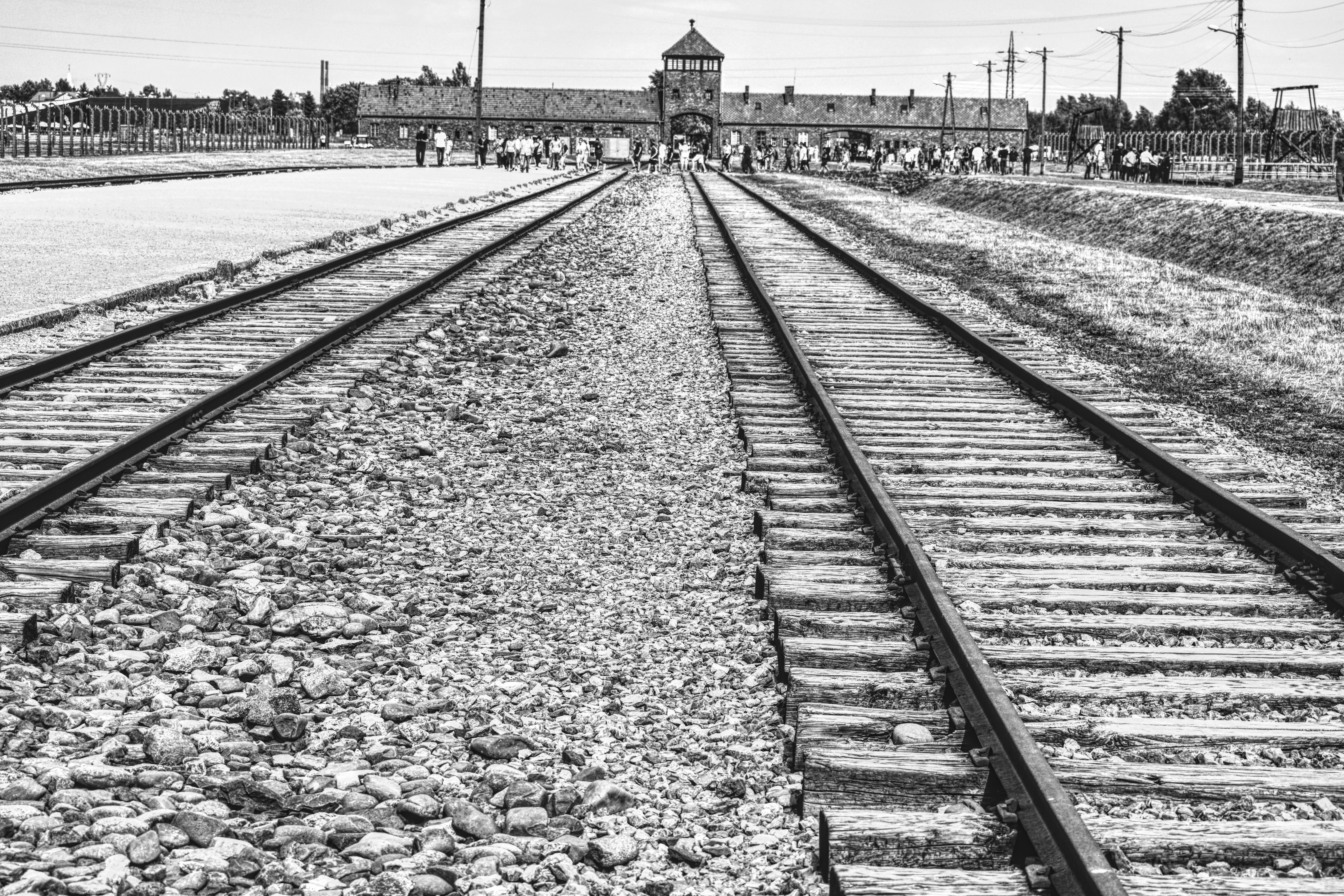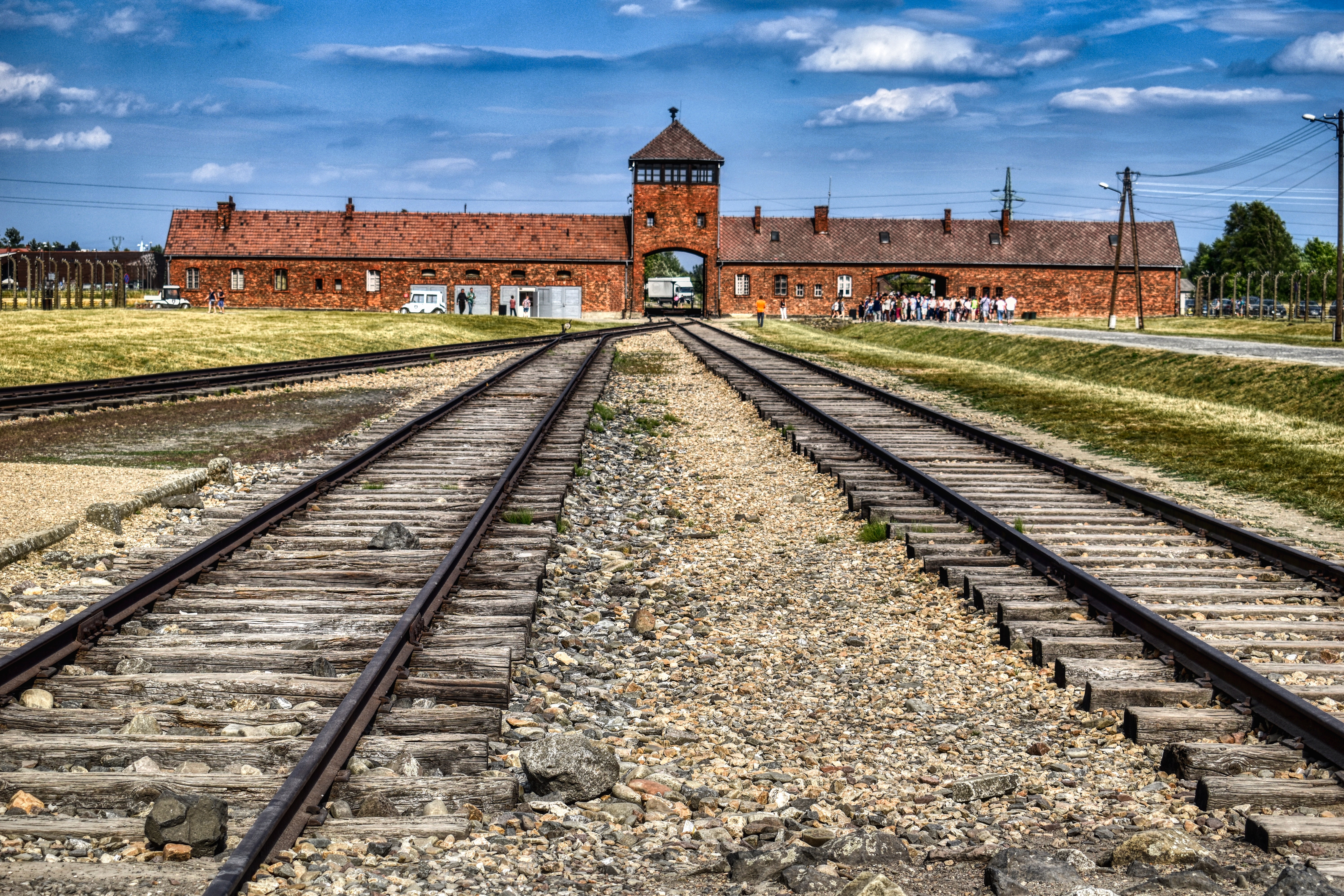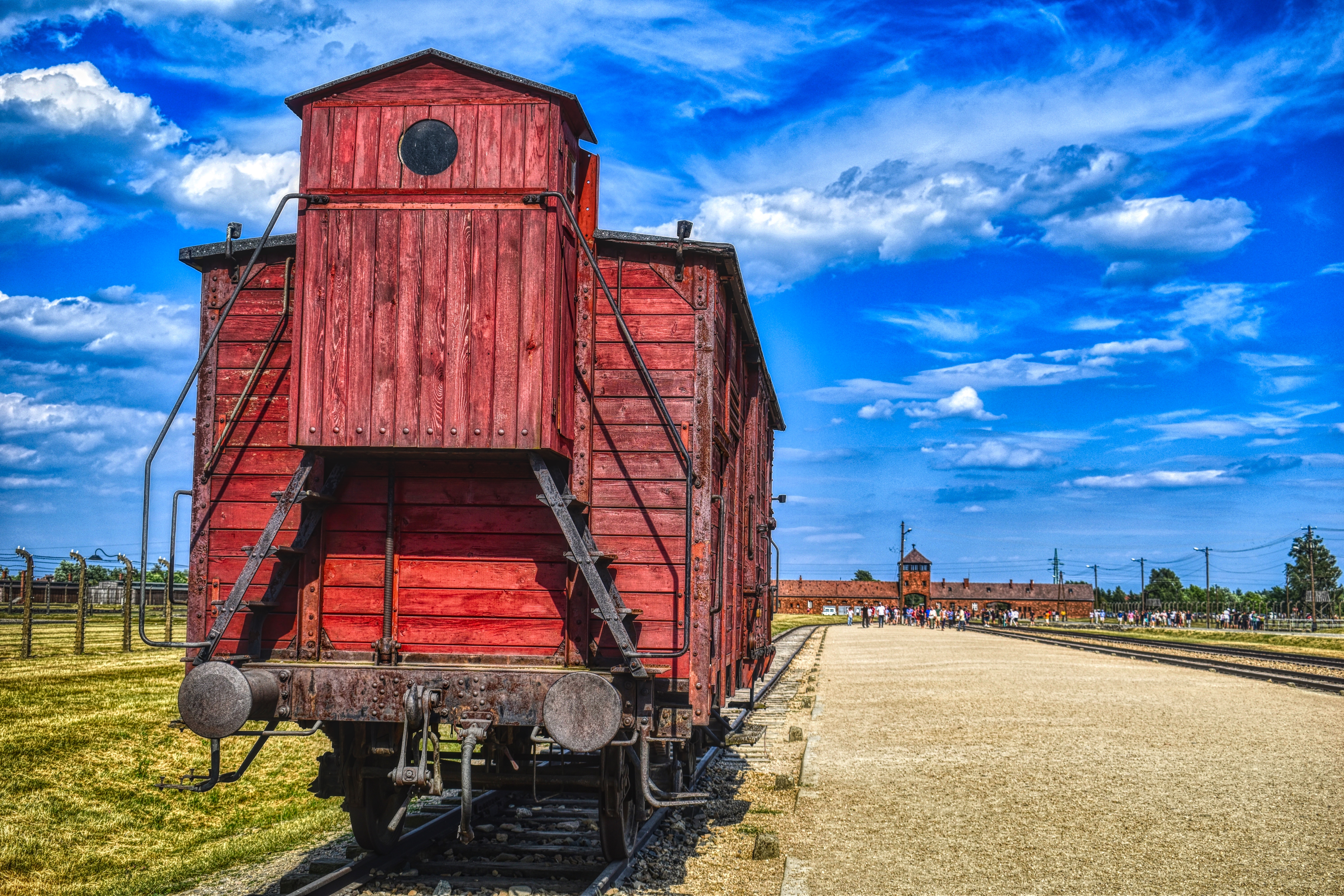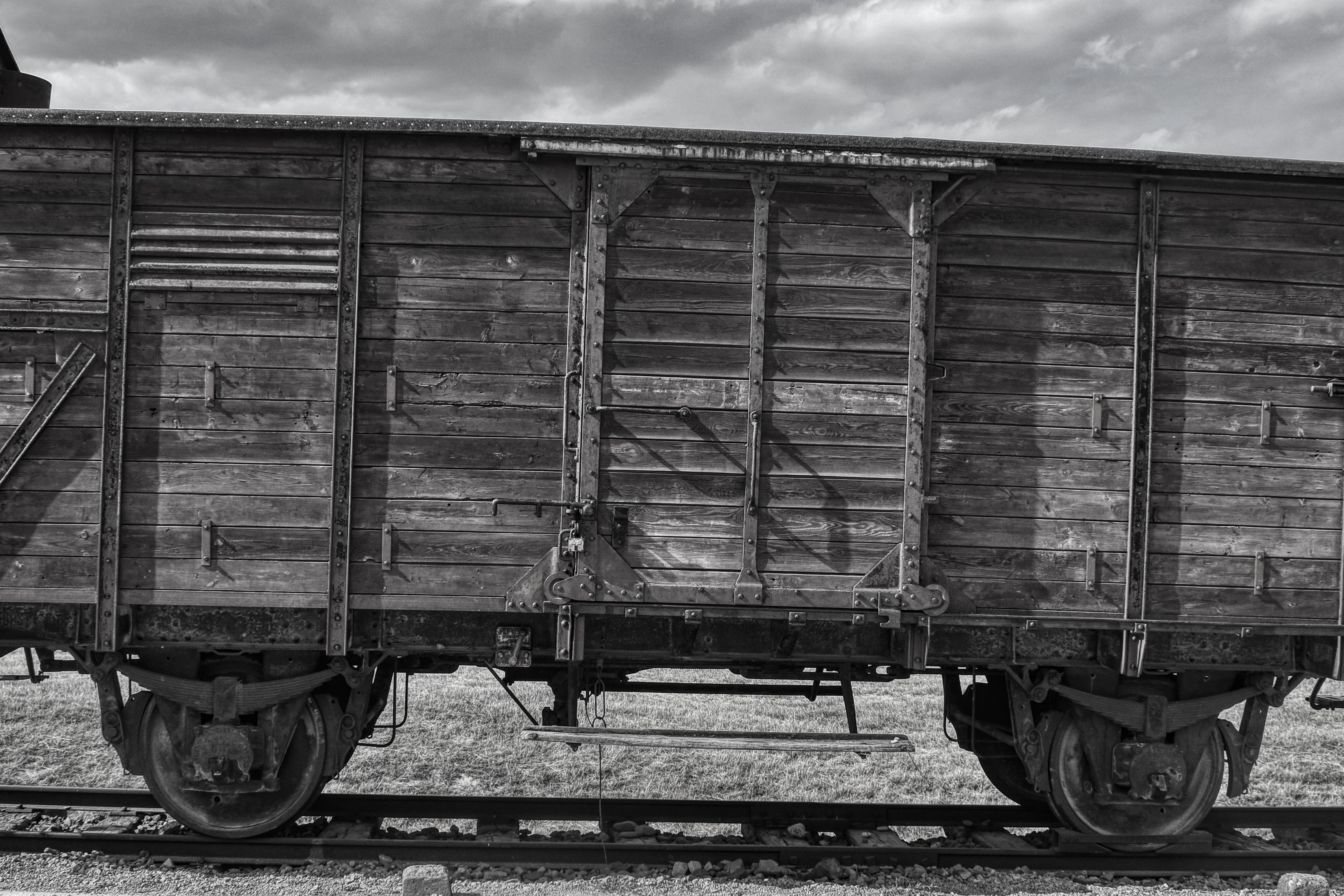TRAINS AND CONCENTRATION CAMPS
TRAINS AND CONCENTRATION CAMPS
The trains, which travelled day and night, transported 1.3 million Jews, Poles, Roma and other enemies, real or imagined, of the Third Reich to Auschwitz: city inhabitants and shtetlej (towns with large numbers of Jews), young and old, poor and rich, poets and beggars, teachers and students, doctors and rabbis, women, men and children.
Between March 1942 and April 1944 these trains stopped at the siding of the Oswiecim freight station. Although some of its occupants were destined for the main enclosure, most of them ended up in the Auschwitz-Birkenau enclosure, which was constantly growing. In May 1944, trains were able to enter the latter camp directly thanks to a new branch. After the doors of the carriages were opened, the Kapos (official prisoners) took the passengers out without any consideration. The luggage, consisting of household goods, clothes and trinkets, was to remain on the platform. During the journey relatives and friends were still in company, but when they reached this ramp (platform) the deepest ties were methodically broken.
Up to 5,000 people from the same train disoriented on the Auschwitz platform.

There everything was plunged into a confusion of lights, noise, dogs and men of appearance confiado dressed in military uniforms and others in distressed air with striped clothing, who shouted orders in various languages to be put on fila.
They had to make two columns: one with the men from sixteen onwards and the other with the women and children. They had to line up at fila, starting with the men's columns and ending with the women's and children's columns, and they would go before the doctors in the camp. In no time, the doctors evaluated the age, health status and strength of each one of them, sometimes requiring a statement regarding their age and occupation.
Generally, children and old people were sent to the gas chambers directly . The criteria for this selection varied from time to time, and the doctors who carried out the selection had considerable independence in deciding who was "fit for working".

Of the 1.1 million Jews deported to Auschwitz, only 200,000 were admitted as registered prisoners of the concentration camp; the other 900,000 were killed immediately after their arrival. Among them were 200,000 children. But attention! With the exception of the twins, who were considered useful for medical experiments, and the minors who were exempted from the selection process in order to cheat the Red Cross, all of them were automatically sentenced to death upon landing in Auschwitz. The children had to form a line with the women, because the SS, determined to make their victims cause as little fuss as possible, decided to keep them in all respects alongside their caretakers; so the mothers, older sisters, aunts, grandmothers or kind strangers who carried them or accompanied them during the process also ended up in the gas chambers. The elderly and those who thought themselves weak suffered the same fate.
The concentration camp authorities initially admitted all 23,000 Roma who arrived in Auschwitz. At least half of them would die of hunger or disease, and in August 1944 thousands of them were murdered in the gas chambers. More than 21,000 Roma were killed in Auschwitz-Birkenau

From the spring of 1942, Jews from all countries of German-dominated Europe - first Slovakia, then France, Poland, Germany, the Netherlands, Belgium, Yugoslavia, Bohemia, Moravia, Norway, Greece, Italy, Rhodes, and finally Hungary - were put on trains to "relocate" them to remote and unknown destinations "in the East.
TRAINS AND CONCENTRATION CAMPS. AUDIO
TRAINS AND CONCENTRATION CAMPS. TEST
Obra publicada con Licencia Creative Commons Reconocimiento Compartir igual 4.0
